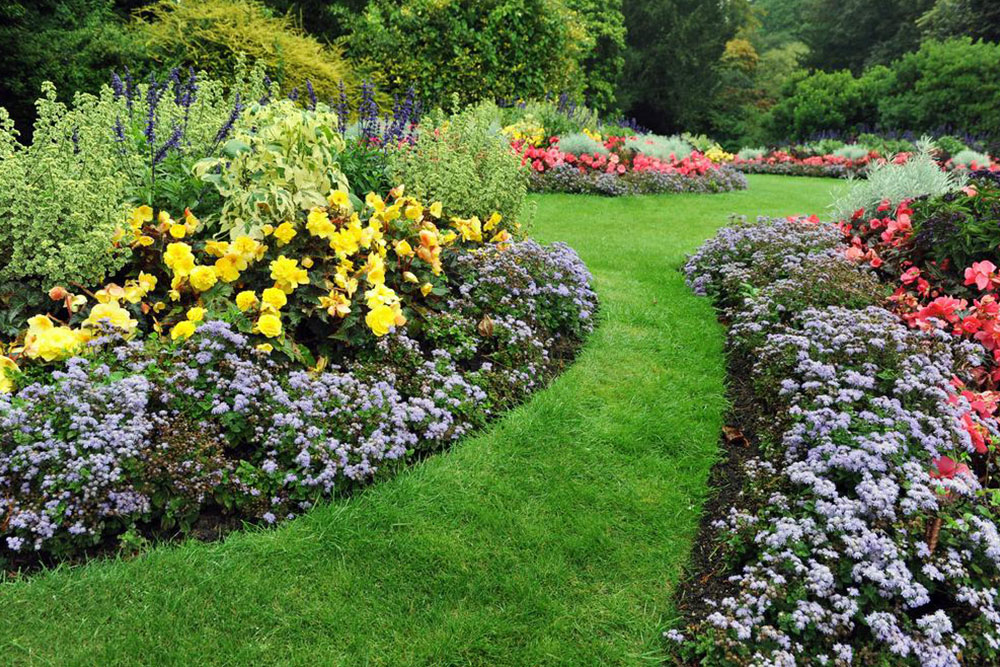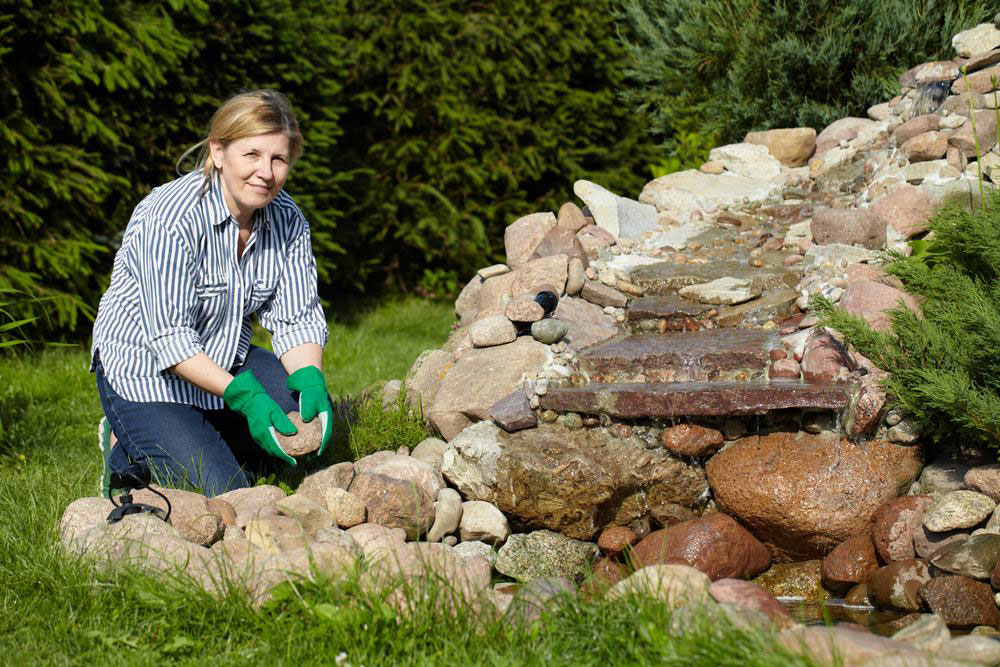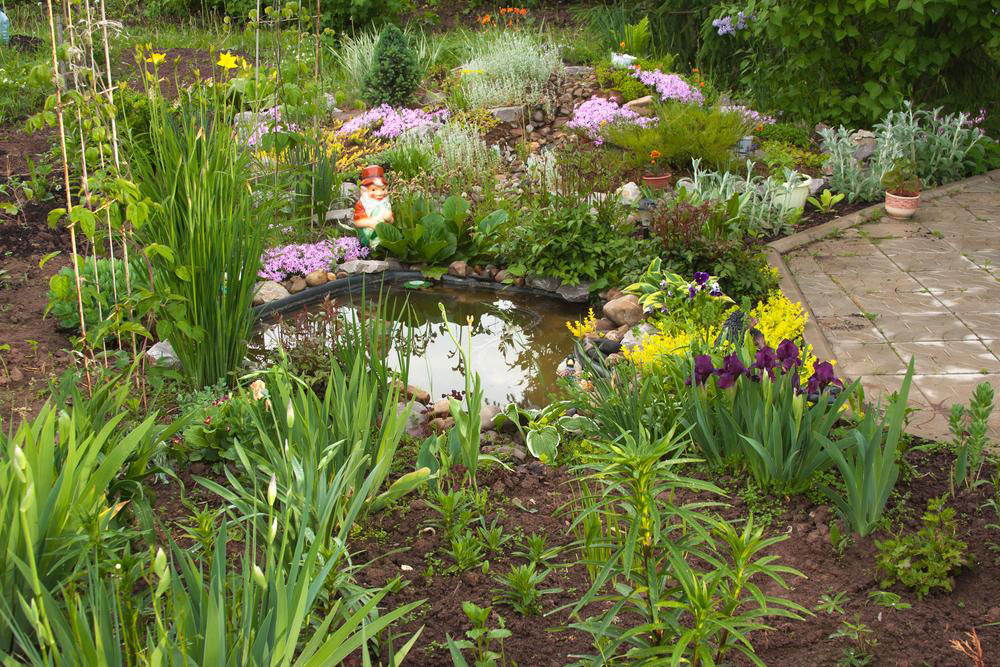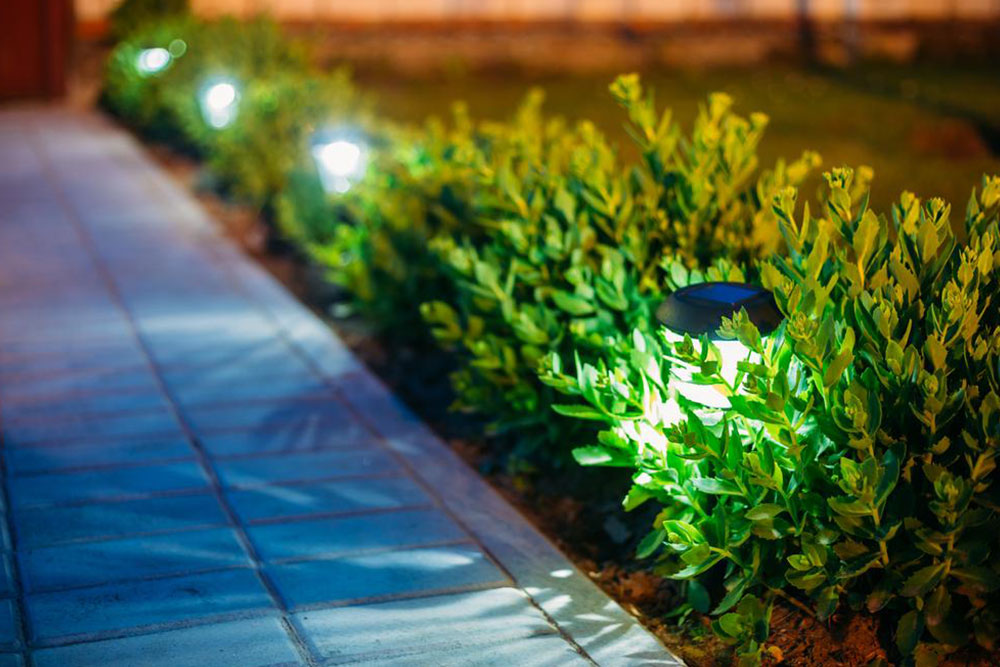Complete Guide to Landscaping Tools: Enhancing Outdoor Environments
This comprehensive guide covers essential landscaping tools for professionals and enthusiasts. It includes traditional drawing implements, digital software, measurement devices, plant selection aids, visualization tools, and specialized equipment for irrigation and hardscape projects. Using the right tools can enhance accuracy, efficiency, and creativity in transforming outdoor spaces into attractive, functional landscapes, whether for small gardens or large-scale projects. Staying updated with latest technology ensures high-quality results and innovative designs.
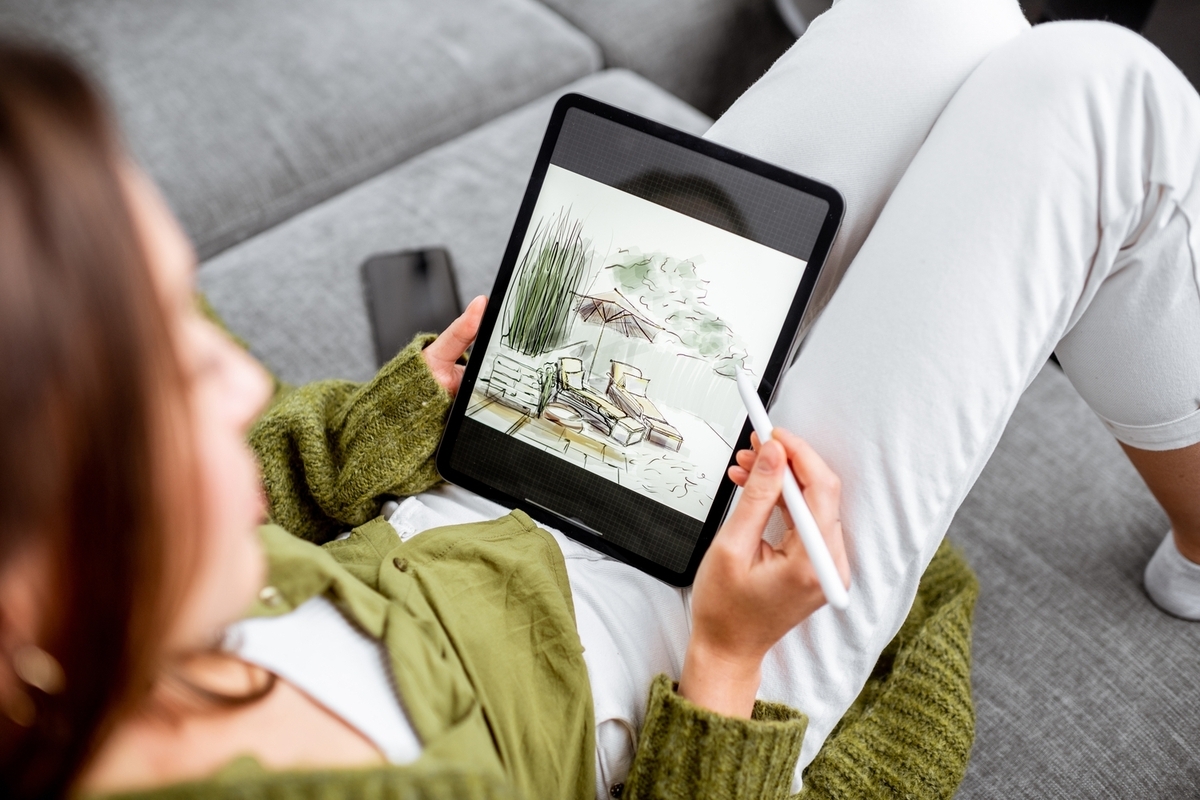
Complete Guide to Landscaping Tools: Enhancing Outdoor Environments
Creating beautiful and functional outdoor spaces combines artistry with technical skills. Whether you're a professional landscaper or DIY enthusiast, selecting the right tools is key to bringing your vision to life smoothly. This in-depth article explores essential landscaping tools that help transform any yard into an attractive, practical area.
Why Use Landscaping Tools?
Landscaping involves planning, designing, executing, and maintaining outdoor projects. Specific tools streamline these tasks, boosting accuracy and efficiency in every step.
The advantages of utilizing landscaping tools include:
1. Precision in measurements and designs ensures balanced outdoor spaces.
2. Enhances workflow speed, saving time and effort.
3. Fosters creativity, allowing for experimentation and innovative designs.
Key Landscaping Tools
1. Drawing Implements
Traditional hand-sketching remains vital. Common tools are:
Pencils and pens for initial sketches and fine details.
Quality sketch pads to develop multiple design iterations.
2. Digital Design Software
Modern landscape design relies heavily on software for detailed and professional plans. Popular options include:
AutoCAD offers precise drafting for complex projects.
SketchUp allows quick 3D modeling for visual presentations.
Land F/X, an AutoCAD add-on, provides tools for irrigation, planting, and hardscape design.
3. Measuring Devices
Accurate measurements are critical. Necessary tools include:
High-quality tape measures for site measurements.
Measuring wheels for larger areas.
Laser distance measurers for exact readings using laser technology.
4. Plant Selection Devices
Choosing suitable plants is essential. Useful tools include:
Plant databases like PlantMaster for detailed plant information.
Plant tags and markers to organize and track on-site selections.
5. Visualization Aids
Visual tools help clients and designers understand the final look. These include:
Drones for aerial views of the landscape.
3D rendering software such as Lumion or V-Ray for realistic images.
6. Garden Planning Apps
Accessibility is enhanced by apps like:
Garden Planner for designing layouts and visualizations.
Plan-a-Garden by Better Homes & Gardens offers easy customization options.
Specialized Tools for Specific Projects
1. Irrigation Planning
Efficient watering systems are vital. Recommended tools:
Rain Bird Design Software for custom irrigation layouts.
Irrigation calculators to estimate water needs based on climate and plants.
2. Hardscape Tools
Designing patios, pathways, and retaining walls requires:
Paver pattern software for intricate hardscape designs.
Leveling tools such as laser or bubble levels for proper installation.
The right landscaping tools significantly elevate project quality and creative possibilities. From manual sketching to advanced digital software, each tool contributes to a polished, functional outdoor space. Keeping updated with evolving tools ensures competitive and innovative landscape work, whether for small gardens or extensive projects.
